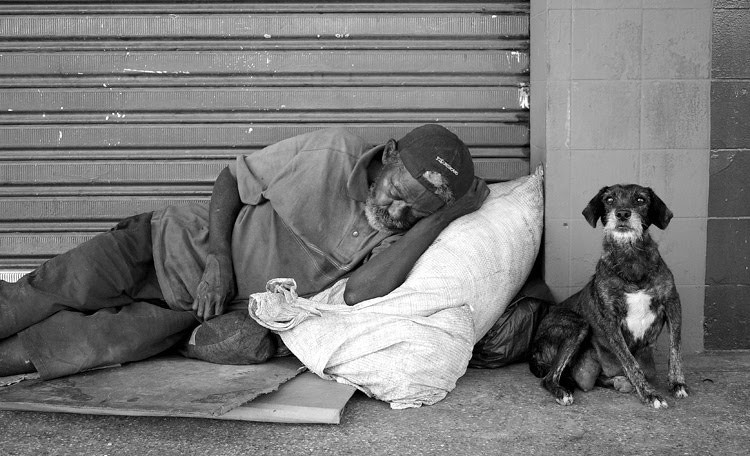Homeless people in India - An analysis
According to the government’s definition, homeless or houseless people are those who live in “the open or roadside, pavements, inhume-pipes, under flyovers and staircases, or in the open in places of worship, mandaps, railway platforms etc.” Statistics According to Census 2011, India’s homeless population has declined to just 17.73 lakh people. The two megacities known for their large… Read More »

According to the government’s definition, homeless or houseless people are those who live in “the open or roadside, pavements, inhume-pipes, under flyovers and staircases, or in the open in places of worship, mandaps, railway platforms etc.”
Statistics
According to Census 2011, India’s homeless population has declined to just 17.73 lakh people. The two megacities known for their large homeless populations — Mumbai and Delhi — have just 57,416 and 46,724 homeless people respectively, as Census data shows.
Rural homelessness declined by 30% to 8.3 lakh people, while urban homelessness grew by 21% to 9.4 lakh people. Uttar Pradesh has nearly one-fifth of the country’s homeless, and Maharashtra follows with 12%. Other states with significant proportions of homeless are Rajasthan (10%), Madhya Pradesh, Andhra Pradesh, Gujarat and West Bengal (8%).
The city with the largest homeless population is Kanpur in Uttar Pradesh (80,877 people), followed by Kolkata (69,798), Mumbai (57,416), Delhi (46,724) and Surat (36,144). The official homeless population includes 2.7 lakh children.
Why in News?
Last week, the Supreme Court took the Centre and states to task, saying that there should be an audit by the Comptroller and Auditor General of the money disbursed by the Centre to the states for a scheme under the National Urban Livelihoods Mission (NULM), and observed that these funds, which are meant for a specific purpose, should not be diverted.
Road ahead:
- The State needs to identify and address the structural causes of homelessness.
- A national moratorium on forced evictions and demolitions should be introduced.
- Enhanced policy coherence and convergence between housing schemes in urban and rural areas and schemes for the provision of water and sanitation.
- The central and state governments should put in place effective and timely mechanisms to collect data on evictions, including with disaggregation of the persons who are evicted by age, gender, disability, caste, and religion.
Analysis By – Wakeman Neutron

